
When one is already in possession of the world's oldest chunk of ice, perhaps it's only natural to want to go older.
John Higgins, a Princeton University assistant professor of geosciences, led a team of researchers who reported in 2015 the recovery of a 1-million-year-old ice core from the remote Allan Hills of Antarctica, the oldest ice ever recorded by scientists. Analysis of the ice showed that the concentration of carbon dioxide in the Earth's atmosphere was higher than in the oldest ice core previously, which was 800,000 years old. It also confirmed that atmospheric carbon dioxide and Antarctic temperatures have been directly proportional – as one increased so did the other. The ice is stored in Princeton's Guyot Hall in a freezer kept at -30 degrees Celsius.
But Higgins wants to go further back in time. He and four other researchers returned to the Allan Hills for seven weeks from mid-November to mid-January hoping to come away with even older ice, preferably 1.5 million to 2 million years old. The work is supported by a $700,000 grant from the National Science Foundation.
"We're currently in possession of some of the oldest ice that's been dated and we want to push that further," Higgins said in November, days before he and his team took off for the Allan Hills via New Zealand. Gases such as carbon dioxide and methane trapped in the ancient ice could provide clues about conditions on Earth in the distant past – and what they could be in the future if greenhouse gas emissions continue to rise.
Higgins traveled with research specialist Preston Kemeny, graduate student Yuzhen Yan and postdoctoral researcher Sean Mackay, all in the Department of Geosciences, and drill operator Mike Waszkiewicz of the U.S. Ice Drilling Program. The five men endured the harsh open ice shelf, camping an hour flight by prop plane from McMurdo Station, the research center on the Ross Ice Shelf operated by the National Science Foundation.
Temperatures hovered around -15 degrees Celsius, despite it being the height of the Antarctic summer. Winds sustained a speed of 25-30 miles per hour, slightly less than a tropical storm. Storms lasted five days straight and left behind drifts 12 feet tall.
The photo and video essay below captures the researchers' experience in one of the world's most unforgiving places, and explains the techniques and significance of their work.

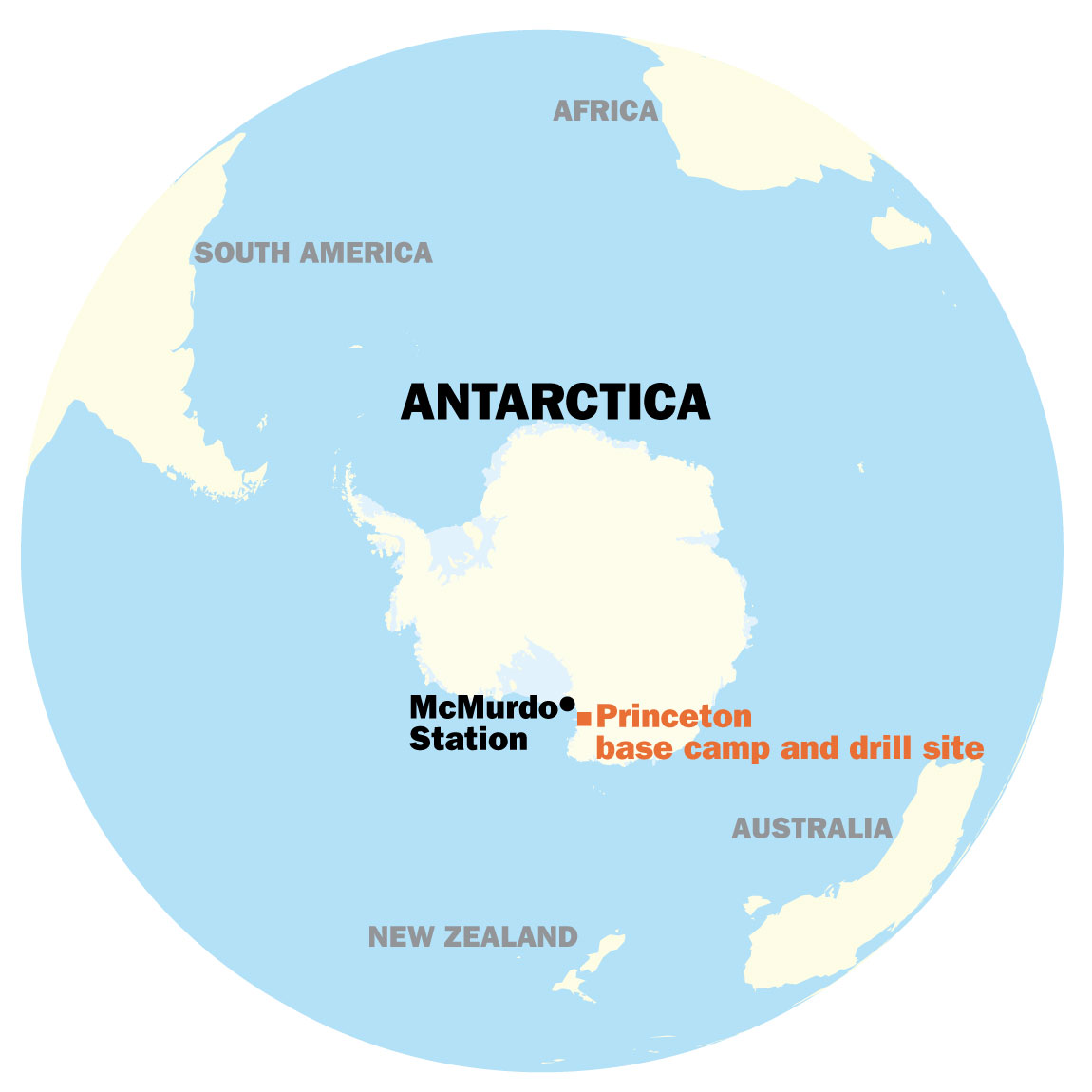
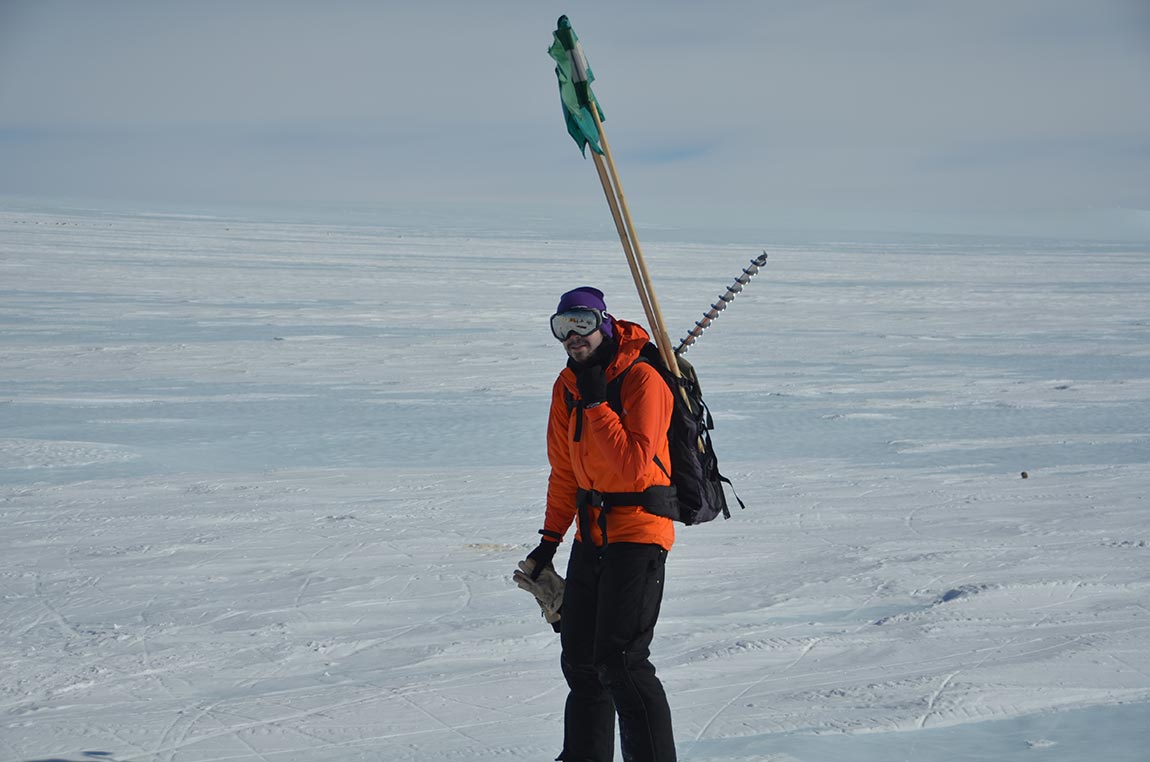
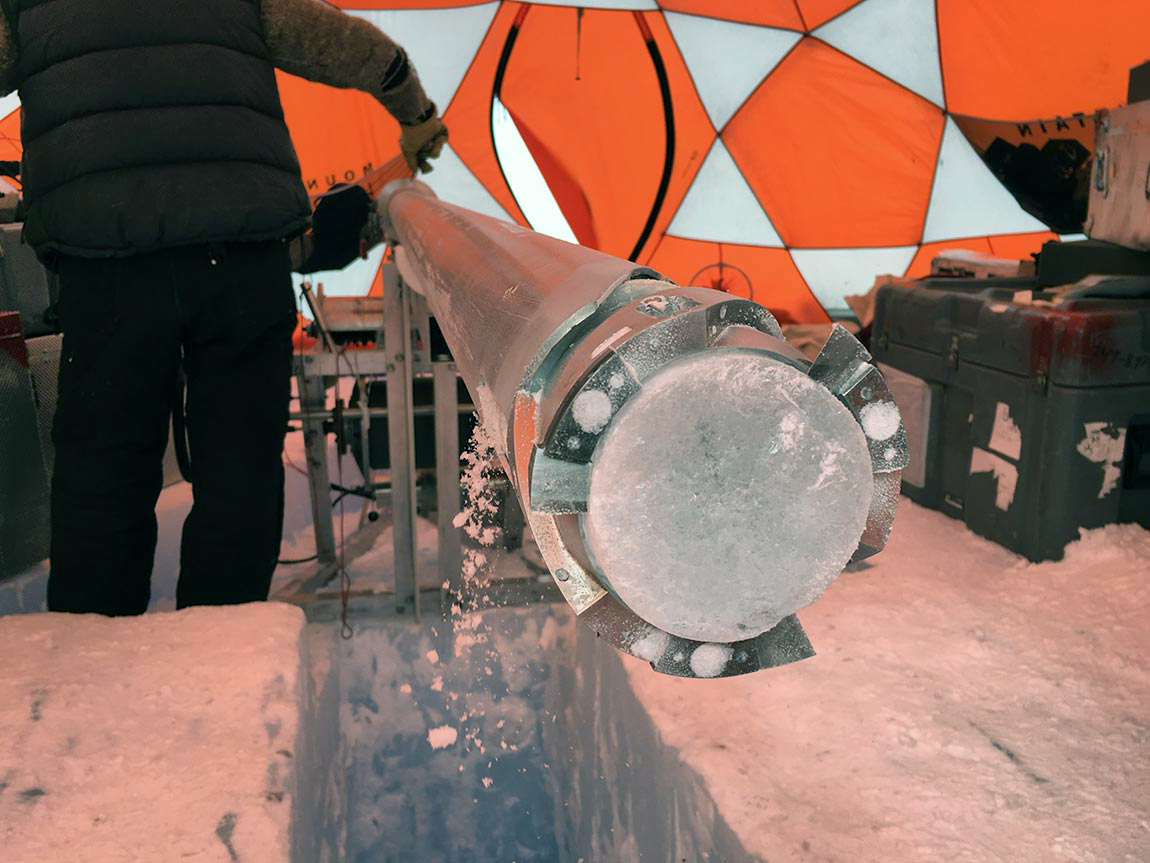

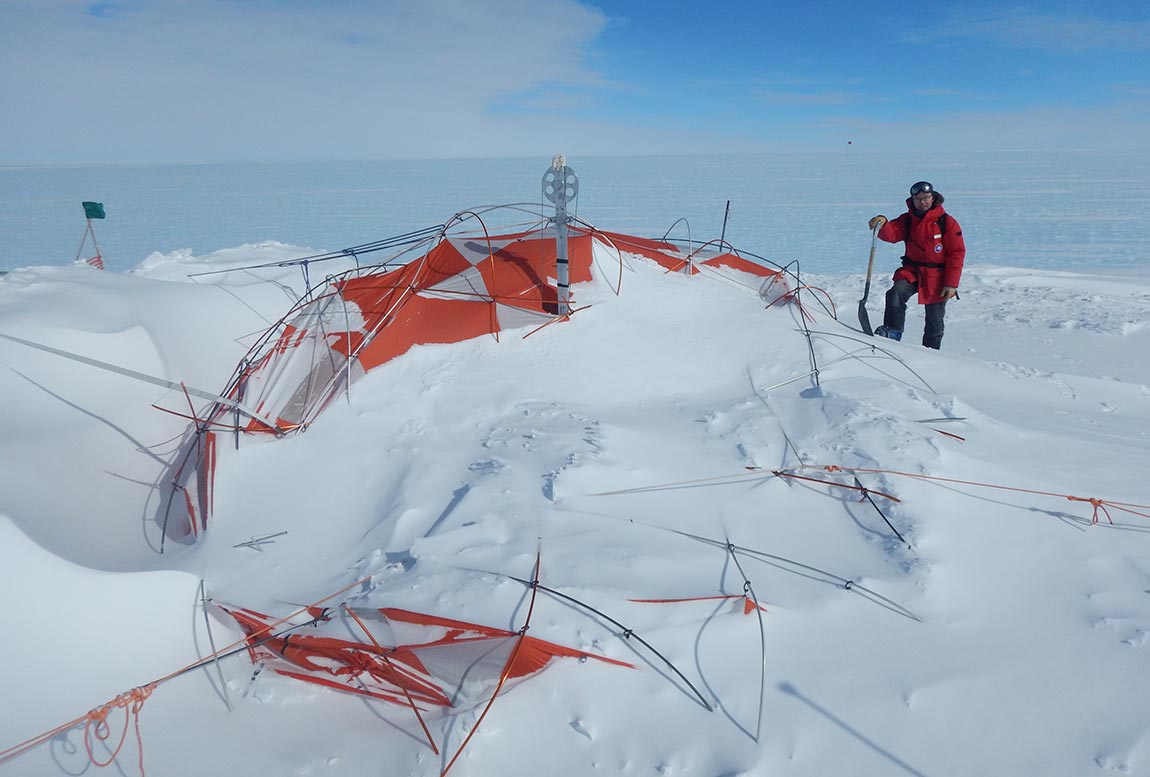


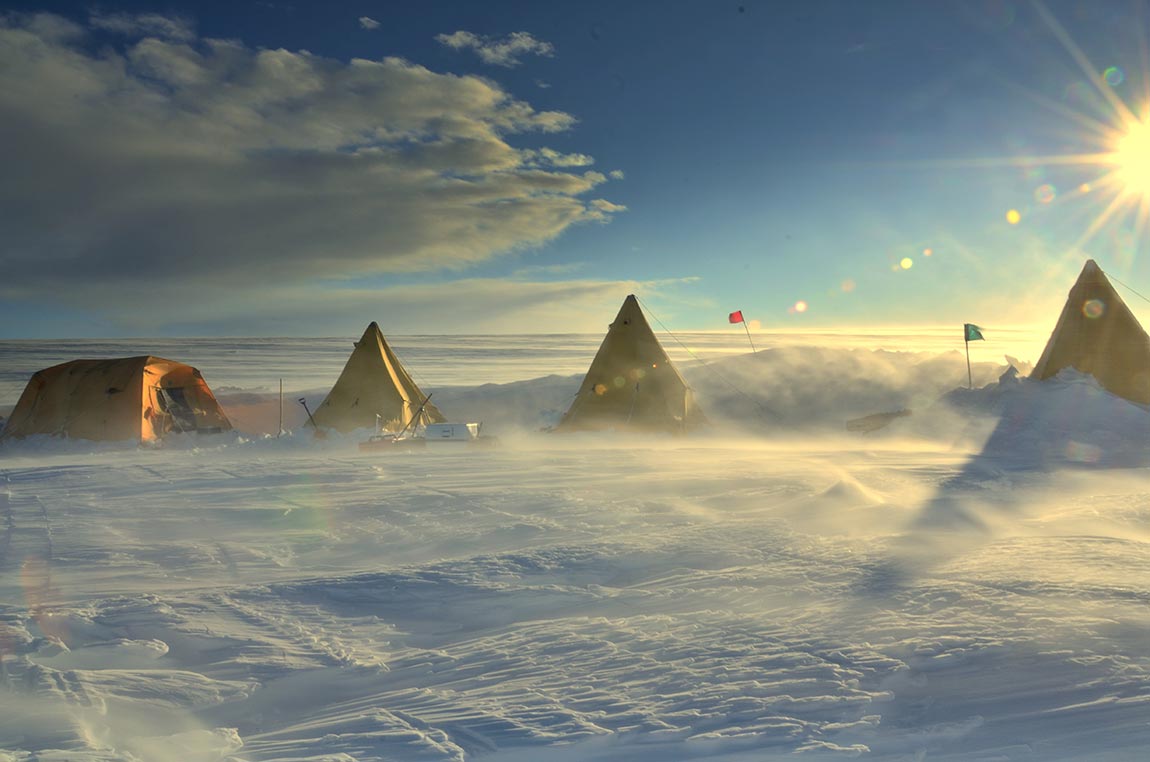
Video: Princeton researchers in an Antarctic storm
